With Delhi’s Red Fort blast, the ‘white collar’ terrorist module broke a 14-year lull and reminded those old enough of Indian Mujahideen’s (IM) urban bombing campaign that rocked India for nearly a decade. But the Delhi blast was quite different from IM’s campaign — and that made it all the more concerning.
Instead of being a copycat attack or a mere IM sleeper cell, the ‘white collar’ jihadi module sought to unleash a new wave of terror attacks on India with the Delhi blast — as initial probe indicates. The plot was defined by a new generation of terrorists, technologies, and circumstances.
Umar un Nabi, named by the National Investigation Agency (NIA) as Delhi’s suicide bomber, was suspected to have been a part of the trans-state module that spanned from Jammu and Kashmir to Haryana and Uttar Pradesh. The module comprised doctors and clerics who were allegedly working —as per the Jammu and Kashmir Police— at the behest of Pakistan-based Jaish-e-Mohammed.
Just hours before the blast, the J&K Police had said the investigation into the ‘white collar’ module revealed a terror ecosystem that involved radicalised professionals and students in contact with foreign handlers from Pakistan and other countries. Agencies probing the terror case have said the module used encrypted channels for indoctrination, coordinating their activities, and funding the operation through funds raised from professional and academic networks.
ALSO READ: Jaish posters in Kashmir led agencies to Faridabad terror module — suspected for Delhi blast
The availability of technology has meant that the lull is over and terrorist masterminds abroad are now ready with a new strategy, says Adil Rasheed, who heads the Counterterrorism Centre at the Manohar Parrikar Institute for Strategic Studies and Analyses (MP-IDSA), Delhi.
Quick Reads
View AllUnlike the previous ‘Azamgarh’ and ‘Bhatkal’ modules of IM that were centred around localities and persons, the Delhi blast has revealed a trans-state module that has stretched all the way from J&K to UP.
Noting that the investigation is ongoing in the Delhi case and one should not jump to conclusions about plotters or external involvement, Rasheed says that technology has led to an evolution in terrorists’ tactics in general recently.
Rasheed tells Firstpost, “These days, radicalisation, training, coordination, and planning can almost entirely happen online. Ten or 20 years back, you needed to cross the border to learn bombmaking and hold in-person meetings for radicalisation and recruitment. Now everything can happen via encrypted apps.”
Such penetration of technology could be one reason why there was not a ‘Faridabad module’ or a ‘Saharanpur module’ but a trans-state module because technology allowed terrorist masterminds to go beyond localised modules to establish a truly pan-India presence.
Pakistan has a new strategy against India
In the age of high-speed internet, encrypted communication applications, and artificial intelligence (AI), Pakistan has crafted a new strategy against India.
Instead of military grade RDX or cross-border flow of terrorists, Pakistani handlers are increasingly using technology to radicalise, recruit, and guide terrorists over the internet. The penetration and rapid advancement of AI have meant that terrorists now have a power at their disposal that previous generations did not have.
For example, while terrorists previously had to cross the border to learn bombmaking or meet physically at secret locations in India to meet master bombmakers, such knowledge now appears to be imparted online with AI aiding both recruits and their handlers. Now AI can essentially tell them about complex chemistry —central to bombmaking— more than any encyclopaedia.
ALSO READ: NIA takes 4 more 'prime accused' in Delhi Red Fort blast case into custody
Such a methodology not just allows foreigner handlers to recruit and guide these terrorists inside India but ensure deniability as well, according to Rasheed.
“Technically, terrorists who were radicalised, recruited, and trained over the internet did not necessarily attend camps in Pakistan. That allows their handlers in Pakistan and elsewhere to deny any link and present these modules as homegrown elements,” says Rasheed, the author of ‘Political Islam: Parallel Currents in West Asia and South Asia’ (2024), ‘Countering the Radical Narrative’ (2020), and ‘ISIS: Race to Armageddon’ (2015). “Even funds can now be arranged locally or transferred online through untraceable channels, making establishing of a clear link very difficult.”
Indeed, Pakistan has been trying to present groups active in India as homegrown organisations for many years, such as presenting Lashkar-e-Taiba (LeT) as The Resistance Front (TRF) and floating new names like People’s Anti-Fascist Front (PAFF).
In line with such an approach, no group took responsibility for the Delhi bombing because the new approach among foreign plotters appears to be to act completely remotely with deniability and present all plots they supervise as homegrown.
Education as an enabler, not a deterrent
Contrary to the public perception that terrorist leaders are uneducated riffraff, Rasheed says that most of the terrorist leaders in the world have well-educated.
Except for Pakistan where madrasa education has retained primacy, terrorist leaders in the world have always been educated whether it’s the Islamic State or Al-Qaeda, says Rasheed.
Indeed, al-Qaeda’s Osama bin Laden studied economics and business administration and came from one of the most influential families of Saudi Arabia; Bin Laden’s successor, Ayman al-Zawahiri, was a doctor who came from a prominent Egyptian family of doctors and politicians; Al-Qaeda recruiter Anwar al-Awlaki studied civil engineering; and 9/11 lead hijacker Mohamed Atta was an architect.
In India, the infamous Yasin Bhatkal of the ‘Bhatkal’ module was said to be an engineer and his fellow IM terrorist, Mohammed Asghar Peerbhoy, was a software engineer who worked at Yahoo.
“In India, you can also look at left-wing extremist (LWEs) groups to get an idea that education is not necessarily a deterrent. In fact, education can serve as a channel to radicalise and recruit. And foreign handlers now appear to be counting on these educated, tech-savvy young people to carry out their plots,” says Rasheed.
Hours before the Delhi blast, the J&K Police had said that the ‘white collar’ module was found involved in identifying persons to radicalise, initiate, and recruit them as terrorists besides raising funds, arranging logistics, procuring arms and ammunition and material for preparing improvised explosive devices (IEDs).
In the Delhi blast, the education of the accused appears to have served as a channel as they raised money, recruited people, and used their expertise of chemistry and medicine. With this new methodology taking shape, Indian agencies face a new type of campaign that appears to have learnt from the downfall of the likes of IM and Students Islamic Movement of India (Simi).


)
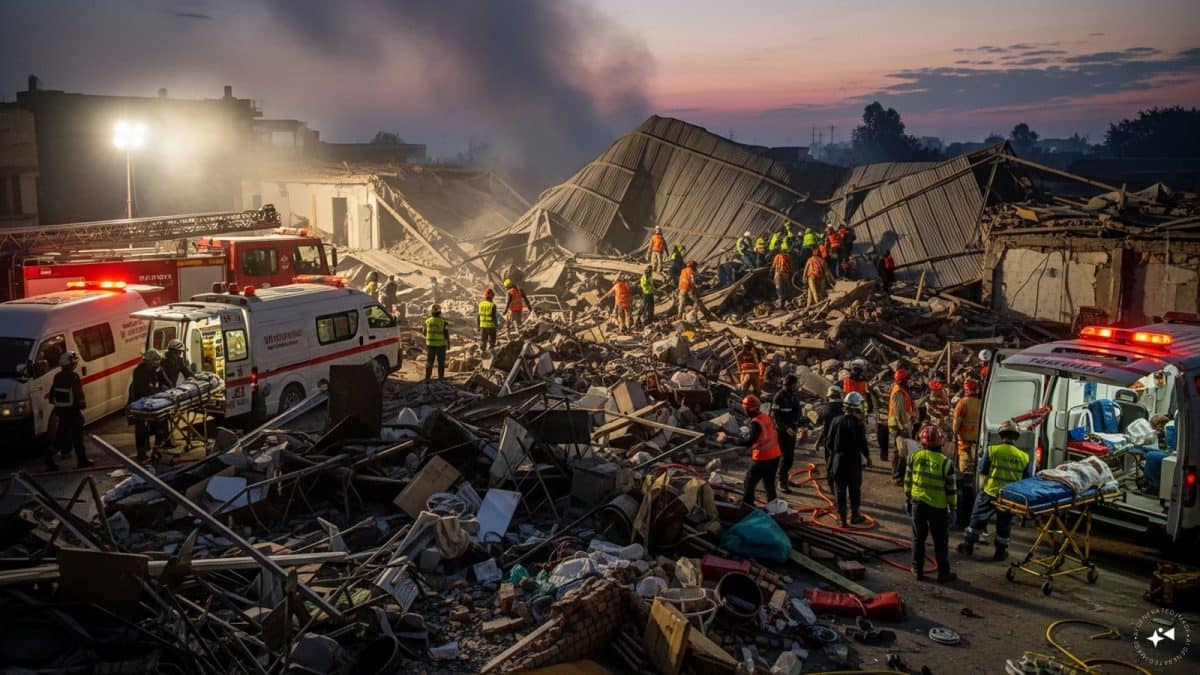
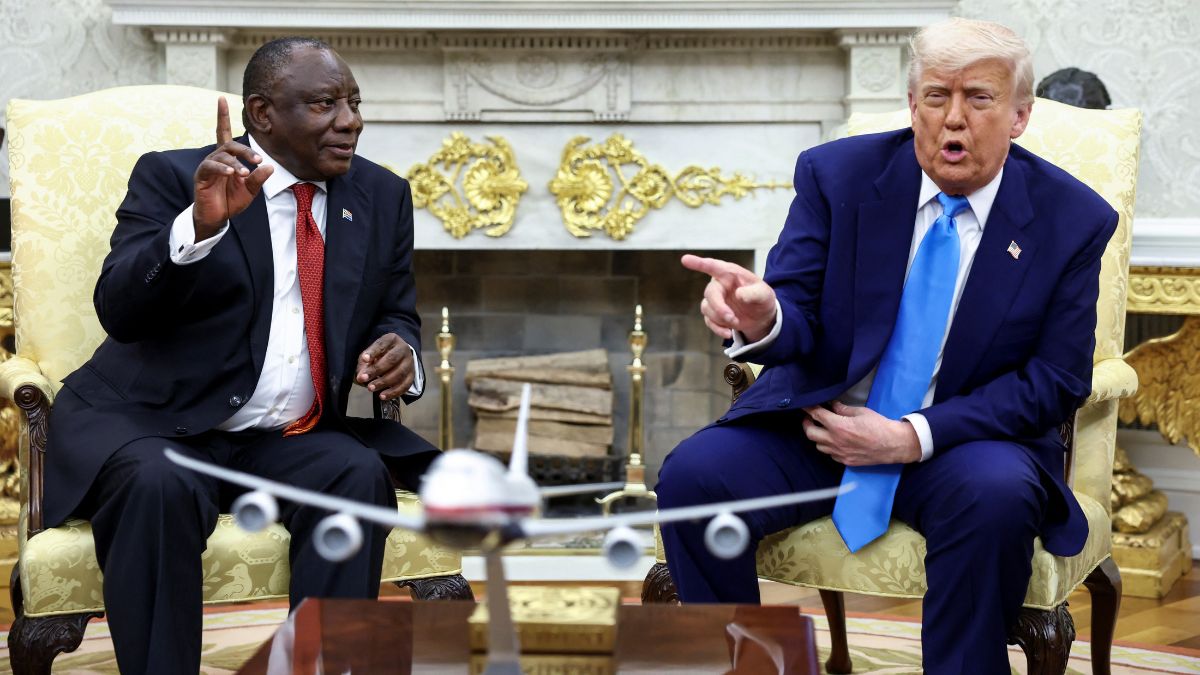)
)
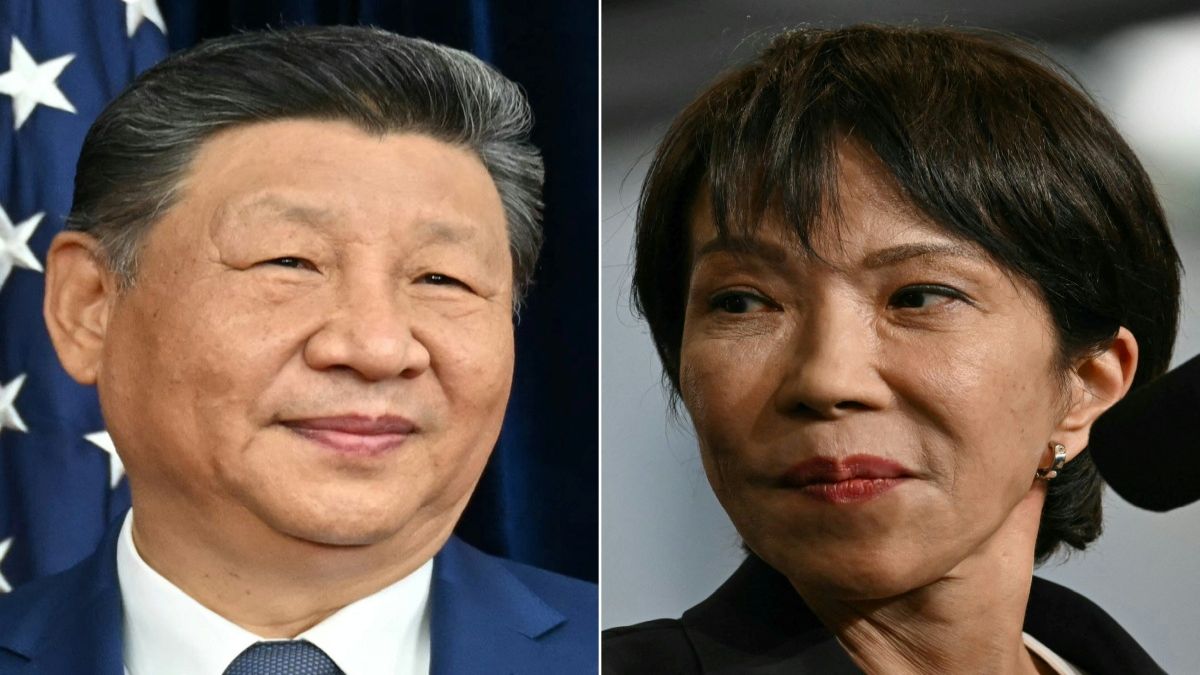)
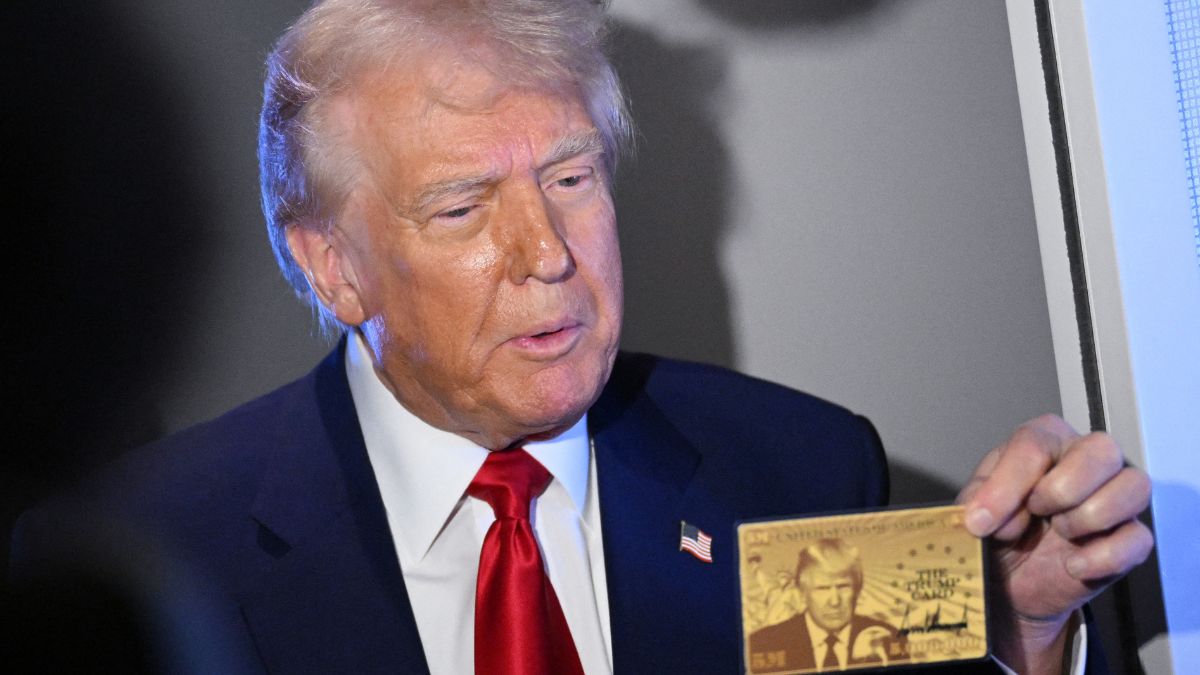)
)
)
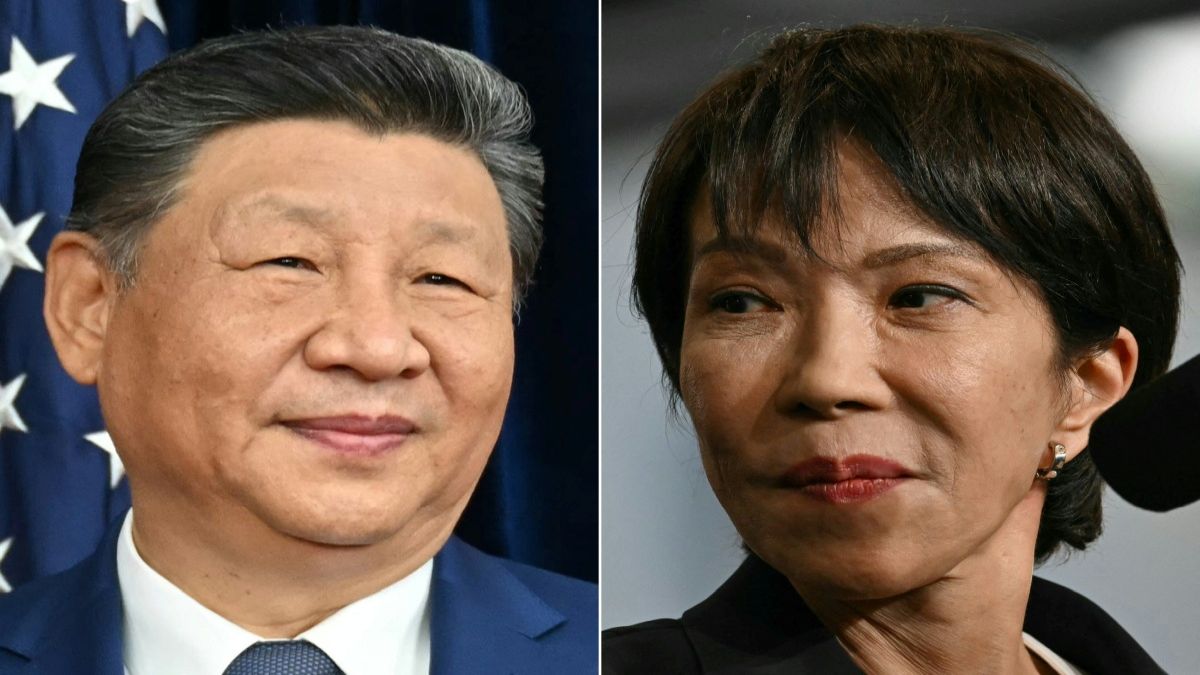)
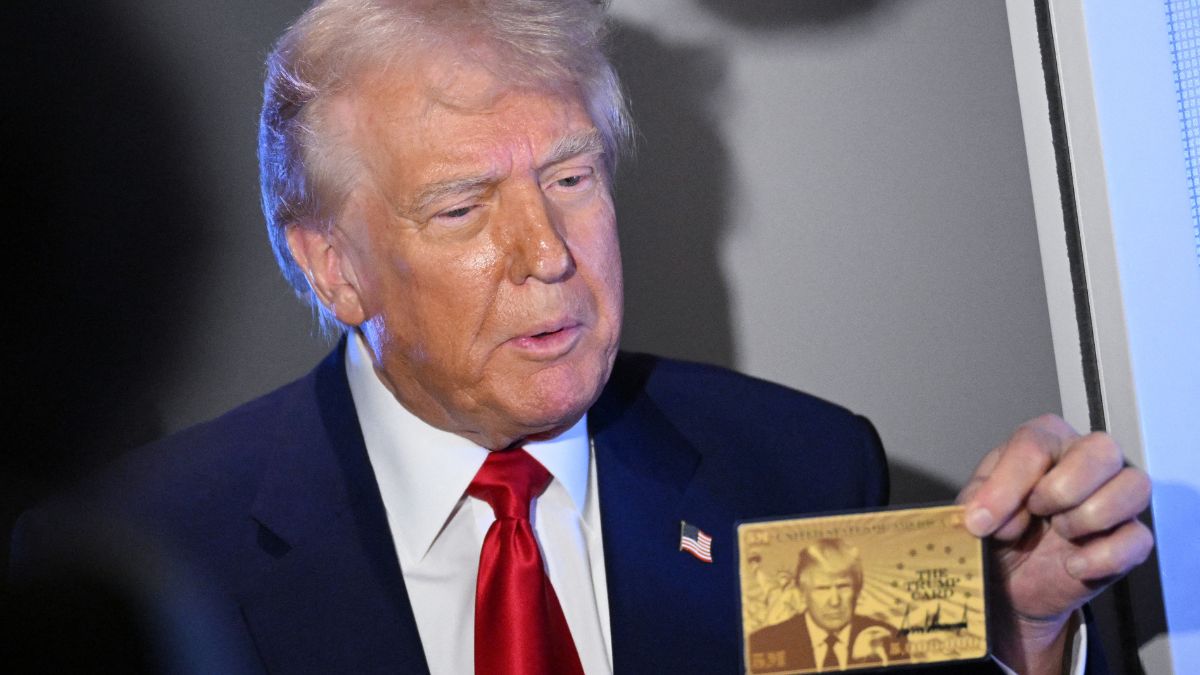)



